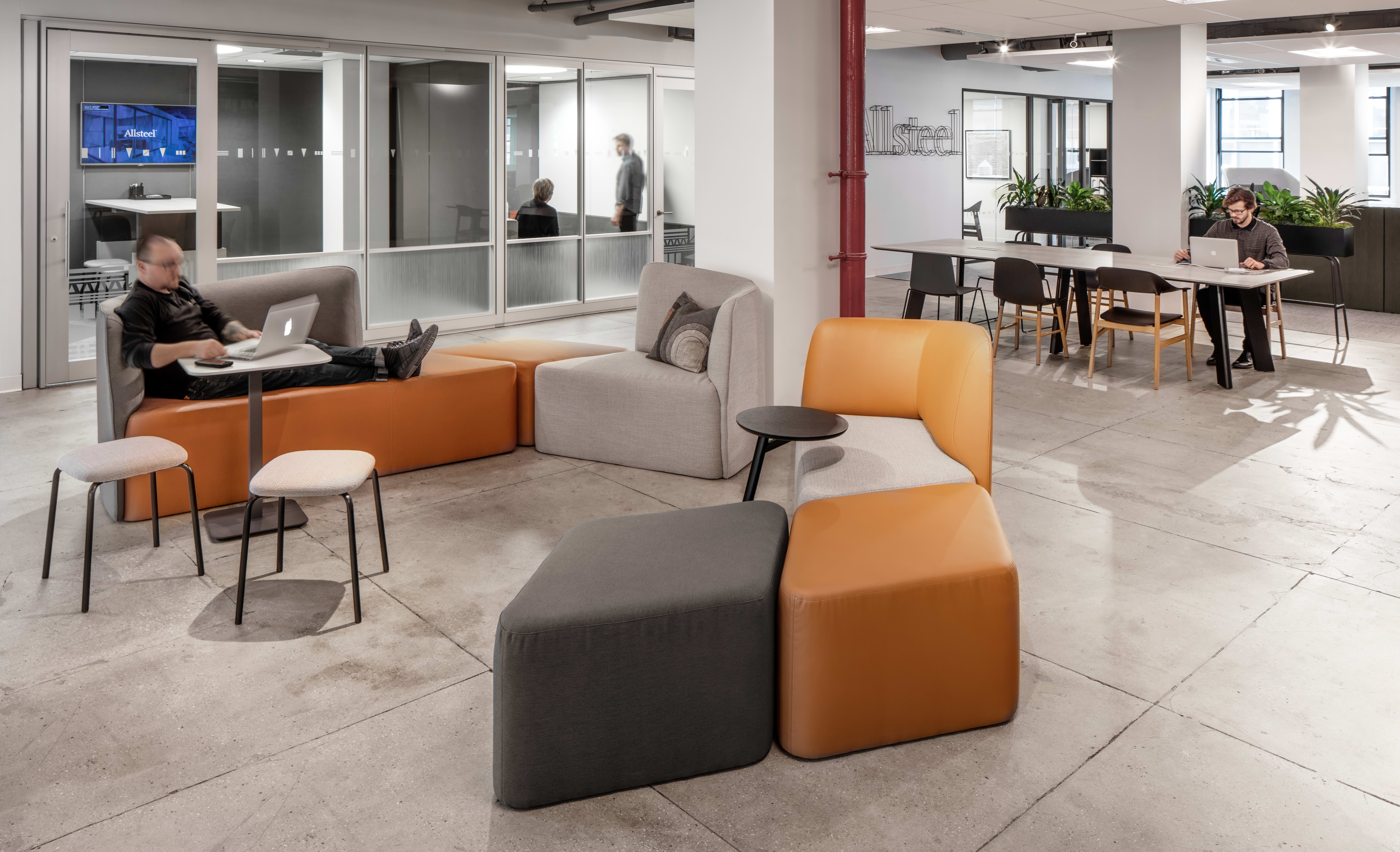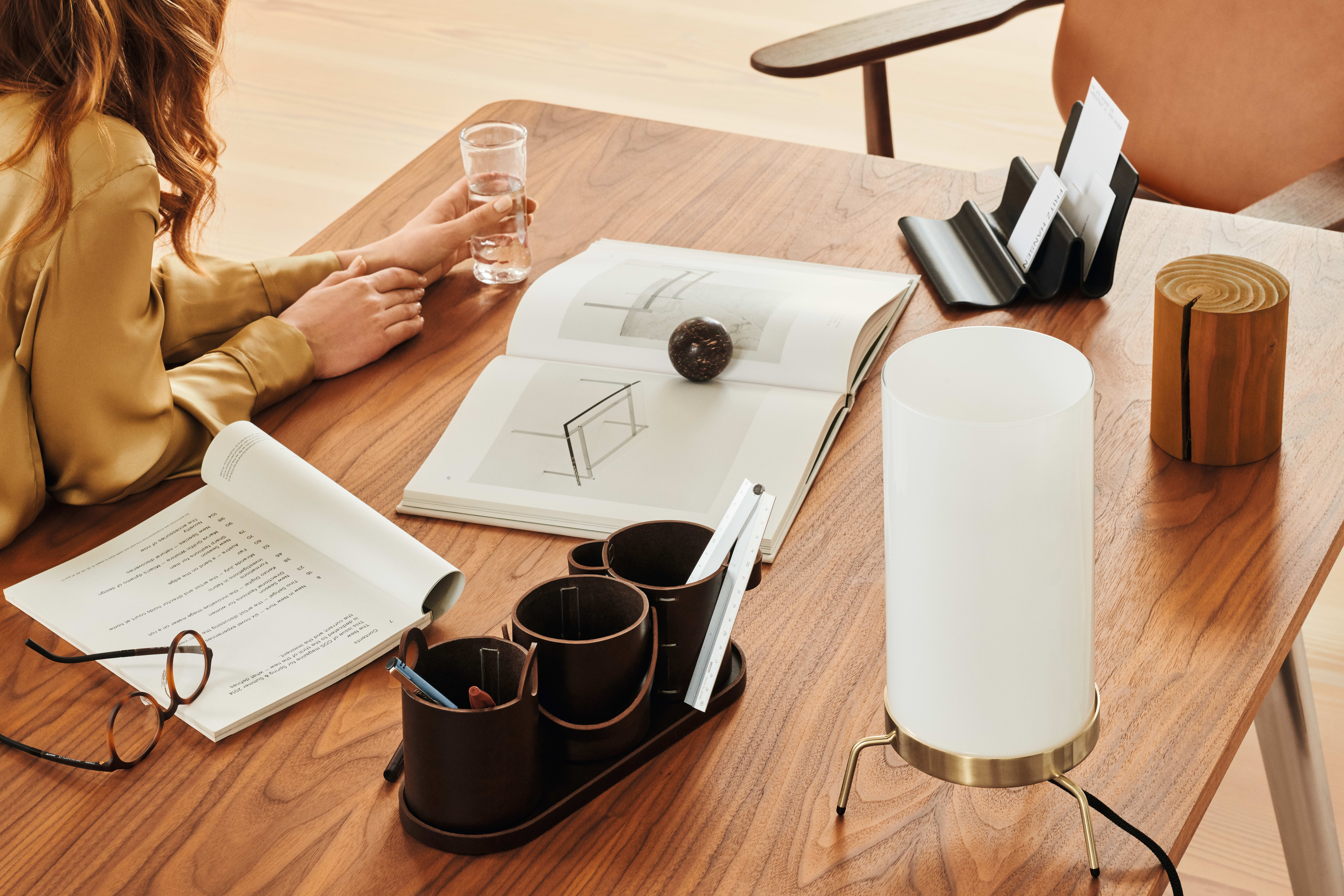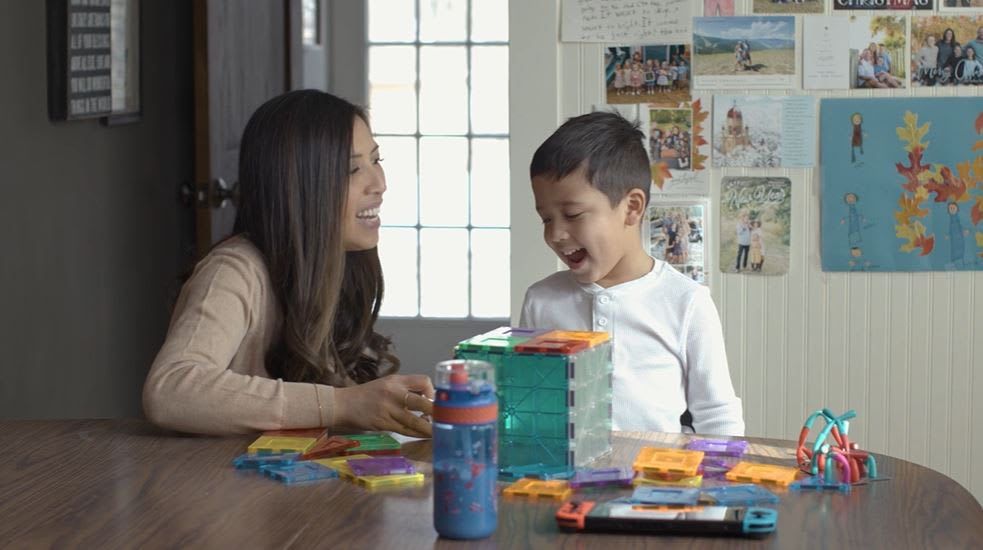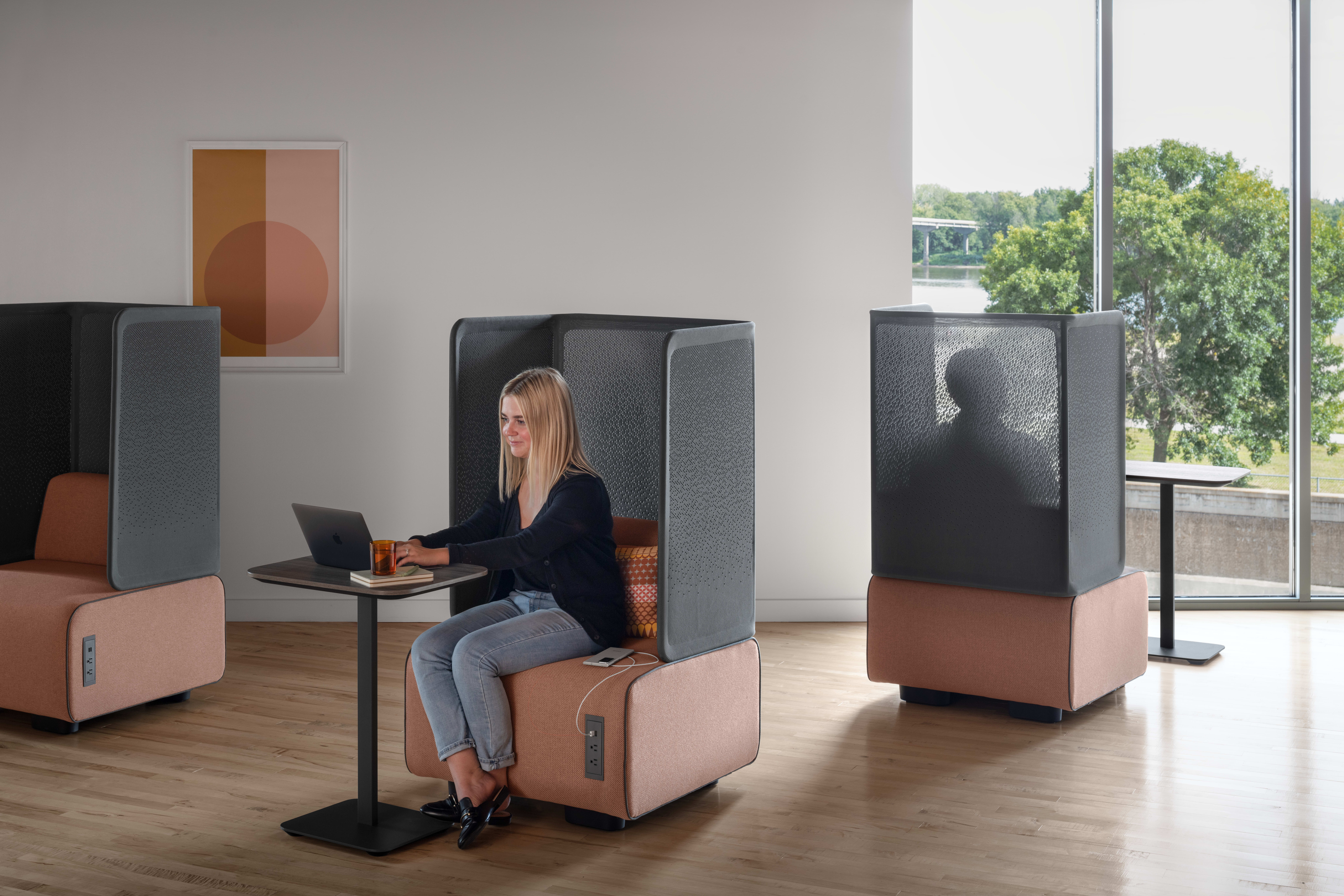We use the phrase “The Evolving Workplace” because it’s clear the past two years have shaken up many of our old “truths” about the purpose, structure, and design of knowledge worker workplaces. Things like “work should happen in a shared location between 8:00 am and 5:00 pm,” or “everyone should always show up there, making it a place to intentionally meet or accidentally run into someone,” and finally, “to be seen working.” Now that so many norms have been dismantled, we’re all looking for what replaces them – “how we could/should we work next” ...and how that’s going to continue to re-form over time.
Over the last two years, organizations have stopped and started and stopped again, declaring then postponing their plans for bringing staff back to the office. It’s not surprising that there is still so much uncertainty and organizations are looking for “no regret” decisions so they can act while still hedging their bets.
We refer to ourselves as “students of the workplace” because we learn to evolve through each client engagement, and we build upon that for the next.
We also know it’s magical thinking to hope for one optimal answer that will work for every organization. So even though all bets are off, we still believe there are fundamental concepts we can commit to – concepts that help us “get right” the human experience – helping us to strengthen performance, engagement, motivation, and factors that contribute to wellness; encouraging autonomy and choice; and designing in adaptability so things can continue to evolve way more easily from now on.
We think these fundamental concepts do several good things for organizations: they are a roadmap to effectively address DEIB; they reflect newly empowered worker expectations; and they help shift our thinking to a dynamic eco-system of places and spaces that can keep morphing over time to keep up with changing norms and business changes in the organization.
We are really looking at the Evolving Workplace as strategy that will continue to change. It's a journey. We’re excited about how it's forcing us to be better researchers, better listeners, and in the long run better advisors to our clients.
An organization’s culture strongly influences behavior – how we get along with management and each other, how we get our work done, and how we feel about our organizations. These unwritten rules of “how we do things here” will almost always overrule policy; and can tell us a lot about the relative health of a culture in terms of equity, diversity, authenticity, interdependence and inclusion. We’re convinced that engaging and involving workers in workplace design initiatives is one of the best strategies among many to strengthen these qualities—and doing so will improve our ability to attract and retain our high performers and achieve greater organizational success.
Work environments that are inclusive, psychologically safe, and where employees feel healthy and engaged are generally places where people want to be. In these environments, we become better at problem solving, more innovative, and more creative. With holistic consideration of well-being, we can create environments where people are contributing as their best selves.
Now, more than ever, so many of us have an expanded range of choice in how, where and when we do our best work. And this expands far beyond the physical boundaries of the ‘traditional’ office. If we are to find a positive from the pandemic, it has taught us that work truly can and does happen anywhere and everywhere.
Change is constant. The speed of change and the factors causing it are unknown variables. That said, we can typically stand back and assess the known and make intelligent predictions on what could happen. For workplaces, that is taking the time to understand an organization’s culture, short- and long-term goals, and individual and team activities.








